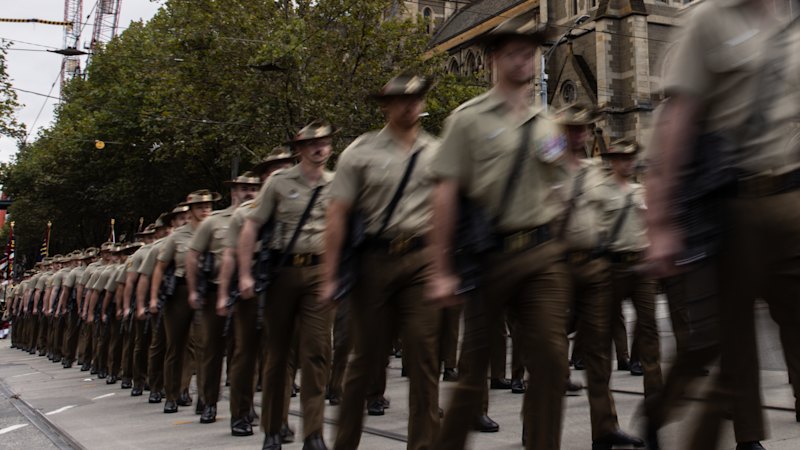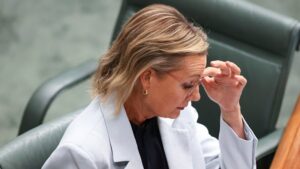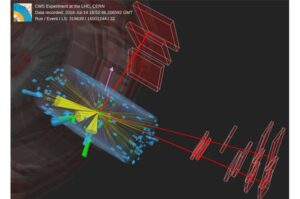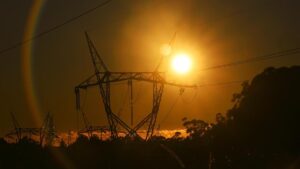
Defence recruitment in Australia has reached a 15-year high, driven by significant financial incentives and a shift in enlistment standards. The federal government is investing over $600 million in bonuses and housing subsidies to retain soldiers, sailors, and aviators amid growing concerns about a potential confrontation with China. As of July 1, 2023, the number of full-time personnel in the army, air force, and navy has grown to nearly 62,000, an increase of almost 3,000 from previous years.
Despite this progress, challenges remain. Although approximately 75,000 individuals applied to join the three services last financial year, only around 7,000 were successfully enlisted. Many prospective recruits lost interest, were disqualified, or changed their minds about the roles they sought. This recruitment surge is one of the few successes for the Albanese government as it navigates a landscape marked by budgetary pressures and operational challenges.
The government is facing scrutiny over the future of the $368 billion submarine project, while aging ships are complicating military operations. Additionally, there are ongoing calls from the Trump administration for Australia to increase its defence spending by about $40 billion annually, raising it to 3.5 percent of gross domestic product. This push is part of a broader appeal to US allies to shoulder more of the global security burden amid increasing geopolitical tensions.
Defence Minister Richard Marles emphasized that the current government inherited a recruitment crisis. He stated, “In 2025, the ADF is now growing again for the first time in almost four years. While there is much more work to do, we are confident these positive trends will continue.” The aim is to expand the Australian Defence Force to 69,000 personnel by the early 2030s, with enlistments currently exceeding planned projections.
To meet these ambitious targets, the government is allocating substantial resources. Between 2023 and 2028, nearly $570 million will be spent on continuation bonuses to encourage personnel to remain in service after four or seven years. Each bonus is valued at $40,000, with 5,778 personnel already opting for this incentive, including 2,306 who were undecided about their future in the military.
Changes to improve the “value proposition” for military personnel have also been implemented. The Defence Home Ownership scheme has been expanded, allowing service members to access assistance for purchasing homes earlier in their careers. The government plans to invest an additional $88 million in defence housing over the next three years, a move meant to enhance the living conditions for servicemen and women.
In a notable achievement, the separation rate of Defence personnel has declined significantly, from 11.2 percent in 2021-22 to 7.9 percent, marking the lowest rate in a decade. This decrease comes despite a competitive job market where former military personnel often find it easy to secure civilian employment.
Defence remains one of the largest advertisers in Australia, spending just over $63 million on marketing and research last year. The focus has shifted toward digital platforms, including social media and in-game advertising, to engage younger audiences who may not respond to traditional media. Notably, Defence aired its first advertisement on TikTok, which garnered 840,000 views, a record for the platform.
Furthermore, recruitment standards have been relaxed to meet the evolving needs of the Defence Force. Conditions that previously disqualified candidates, such as acne, are no longer barriers to enlistment. Defence Personnel Minister Matthew Keogh remarked, “Clearly that’s stupid in the 21st century. We’re now making sure that our eligibility requirements match the more than 300 different types of roles that are available in the Defence Force.”
In the 2024-25 period, 7,059 individuals joined the permanent Australian Defence Force and the Gap Year Program, marking the best recruitment figures in 15 years and a 17 percent increase compared to the previous year. Nevertheless, the high number of applications received—75,000—underscores that the conversion rate remains below 10 percent, indicating ongoing challenges in fully capitalizing on public interest in military service.
As the government continues to navigate these complexities, the impact of its recruitment strategies will be closely monitored, reflecting the broader context of national security and international relations.







